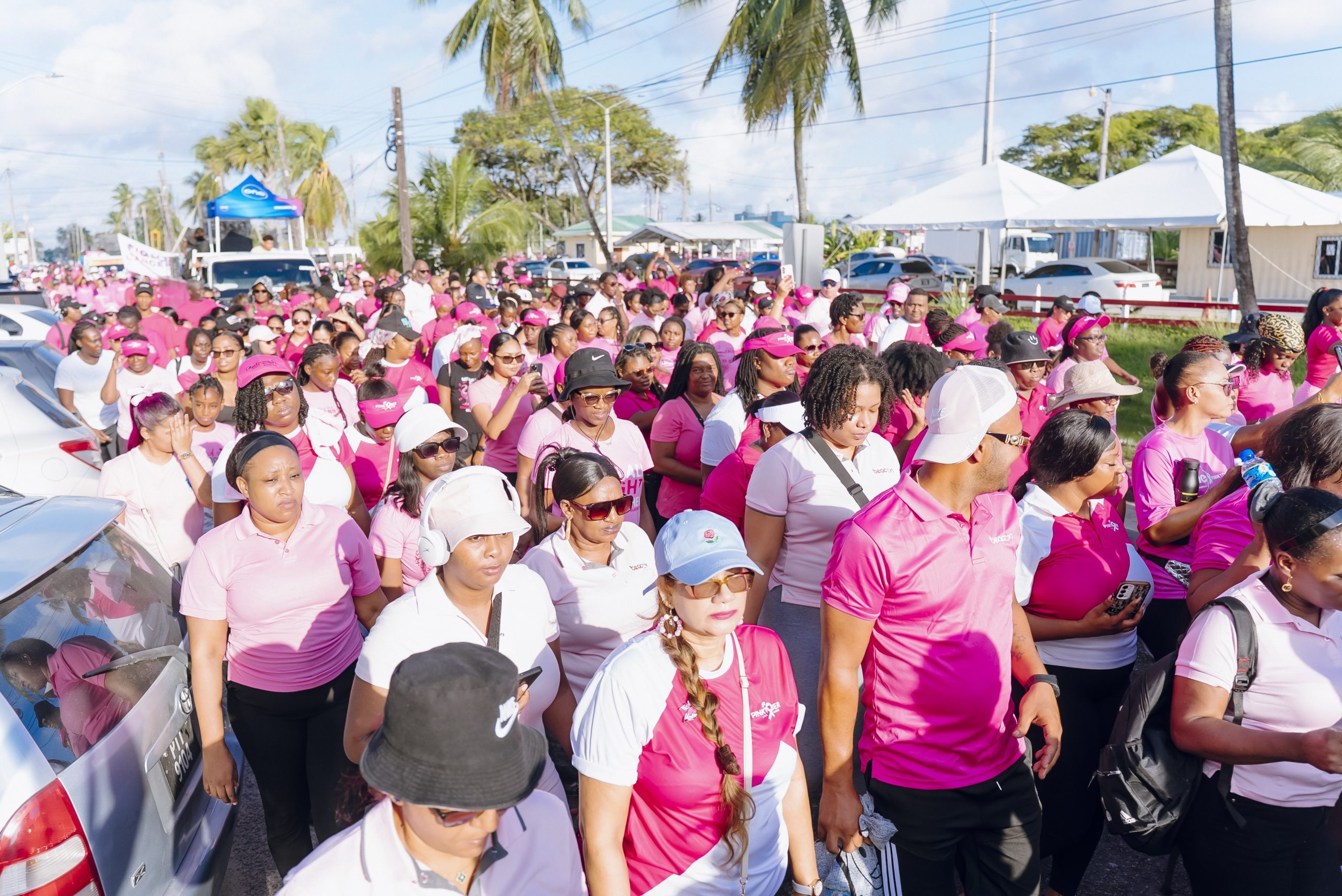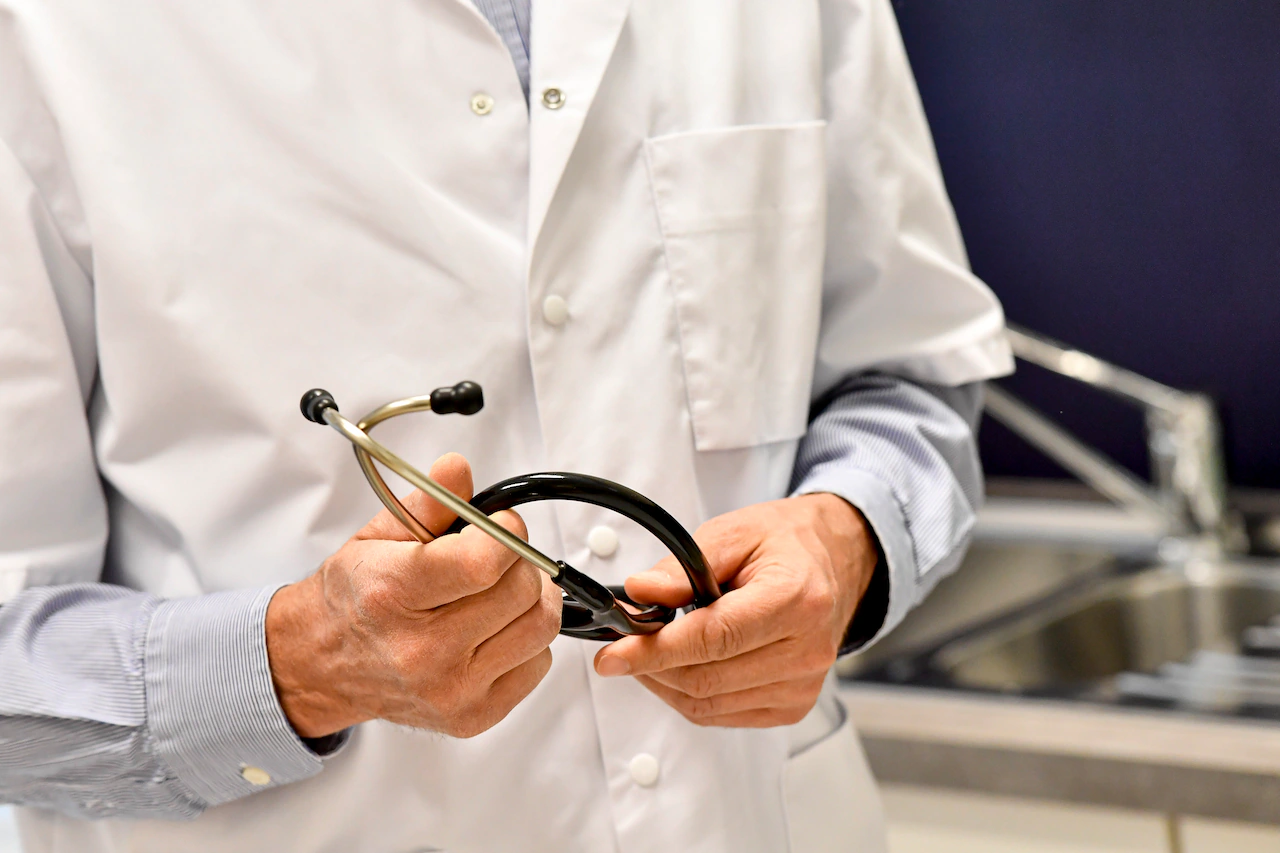Copyright AL.com

This is a guest opinion When my older sister was five years old, her pediatrician sat down with my parents and told them what no parent wants to hear: “Your daughter has a brain tumor.” The doctor explained that while removing the tumor wasn’t possible, it wasn’t malignant. Still, they cautioned that she would likely never walk. Thanks to medical advancements, her doctors were able to closely monitor the tumor and develop a care plan that gave her the best chance of a normal life. She not only learned to walk, but she also became a dancer and eventually taught dance to kids in our hometown of Mobile. Her story is one of resilience, but it’s also a story of what happens when we invest in medical research. Every discovery begins with research. Every new treatment, improved diagnostic tool, and therapy that gives a family more time together starts with an investment in science. And yet, funding for the National Institutes of Health (NIH), the backbone of our nation’s medical research enterprise, is at risk. That uncertainty doesn’t just affect researchers in Washington or scientists in faraway labs. It affects people here at home — families in Birmingham, Mobile, Huntsville, and across Alabama. NIH-funded research supports jobs from the University of Alabama at Birmingham (UAB) to smaller research programs tackling everything from Alzheimer’s and Parkinson’s disease to kidney disease and epilepsy care. With rising chronic disease rates, growing mental health challenges, and emerging infectious threats, we can’t afford to take medical research for granted. Federal investment in the NIH fuels lifesaving discoveries across every field of medicine, and it ensures that those discoveries reach patients who need them most. These investments don’t just save lives; they also save local economies. Every dollar spent on NIH research yields a $2.56 return for taxpayers, meaning Alabama’s research community generated over $1.4 billion in economic activity in 2024. The benefits of this research are all around us. In Alabama, we’ve seen decades of NIH-funded progress in HIV prevention and treatment transform what was once a death sentence into a manageable condition. At AIDS Alabama, where I serve as director of policy and advocacy, I see firsthand how continued investment in research helps people live healthier, more productive lives. For my sister, medical research made all the difference. Because of decades of work supported by the NIH, when she was later diagnosed with multiple sclerosis (MS), effective medications were available to manage her condition. Today, she works as a behavioral technician for children, which would not have been possible without breakthroughs in medical research. My sister’s story, while miraculous, is not unique. It is just one among millions across this country, and each one is a testament to what’s possible when we choose to prioritize science and the people behind it. Congress has a responsibility to ensure the NIH has the funding it needs to continue this vital work. These aren’t abstract investments: Continued federal support for the NIH is an investment in a better future for every Alabaman. Medical research saved my sister’s life. And for families across Alabama, continued investment in the NIH deserves our full support.



